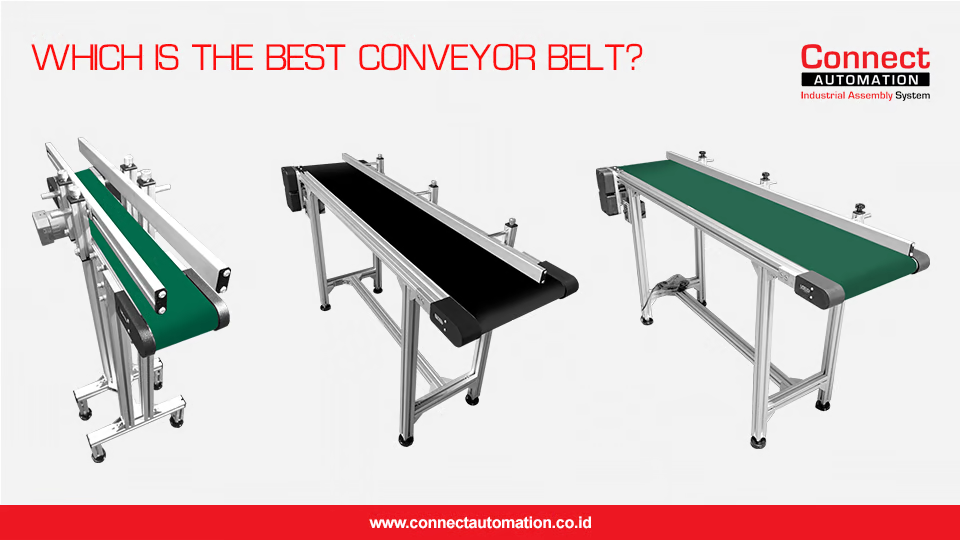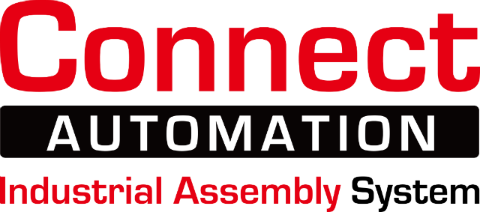Comparing Different Types of Conveyor Belts - Which One Is Best

Choosing the right conveyor belt for your business can be a difficult task, but with careful consideration of your requirements, material type, speed and size you can make sure you get the best combination of features to match your needs. In this guide, we’ll provide some tips to help you compare and make an informed decision on conveyor belts.
Consider the Size and Weight of Materials.
While selecting a conveyor belt, it’s important to consider the size and weight of the materials you need to transport. Knowing this will help you choose the right type of belting system, as there are several designs that have different capabilities when it comes to these factors. Floorspace constraints may also play a role in determining which type of conveying system is best for you.
Look at the Availability and Cost of Maintenance.
Another factor to consider when deciding between different types of conveyor belts is the availability and cost of maintenance. Some designs may be easy to maintain, while others require more complex repairs that may be costlier in the long run. Additionally, ensure that you have spare parts readily available for your chosen belt system so that any repairs can be done fast and without compromising productivity.
Compare Maximum Speed, Load Rating and Bounce Back Resistance.
The maximum speed, load rating and bounce back resistance of the conveyor system are all important factors to consider. Maximum speeds should be checked with each manufacturer to ensure that you select a conveyor belt that can safely handle the expected levels of throughput. Additionally, it is important to consider the load rating to make sure the conveyor has sufficient capacity for your materials, while bounce back resistance should also be taken into account if there is a risk of jams or other mechanical issues.
Evaluate Ease of Installation and Length Considerations.
Installing a conveyor belt can be labor intensive, so it's important to consider how easy it is to install and if the system works with your existing length and height requirements. If you have certain bends or transitions throughout the conveyor, you'll also need to check that there are no extra pieces required for installation or if additional components are needed for running multiple systems together. Consider whether your line requires a short section or a very long one. Certain conveyor belts work best in some cases and not others, so do your research before investing in the wrong type!
Connect Automation specializes in providing automation solutions, including conveyor systems, to improve efficiency across various industries. The company delivers cutting-edge technology to help organizations automate tasks and optimize workflows. Connect Automation helps businesses reduce manual efforts, boost productivity, and achieve better outcomes. With a customer-focused approach, the company designs tailored solutions to ensure smooth and effective automation transitions for long-term success.
Kawasan Industri Jababeka Tahap 1, Jl. Jababeka II D Blok C14L Cikarang, Indonesia (17530)
(021) 893 5060 Google Maps
Rungkut Industri III, No. 37, Rungkut Menanggal, Kec. Gn. Anyar Surabaya, Indonesia (60293)
(031) 9985 8624 Google Maps
